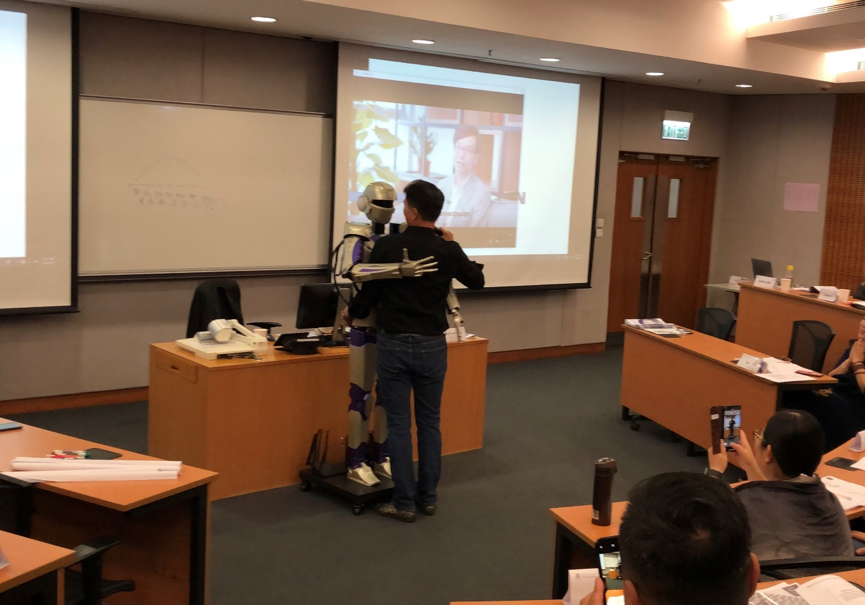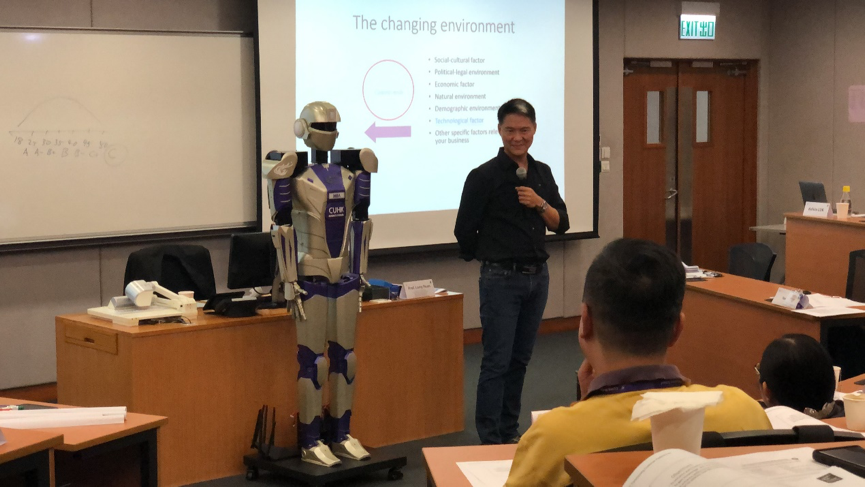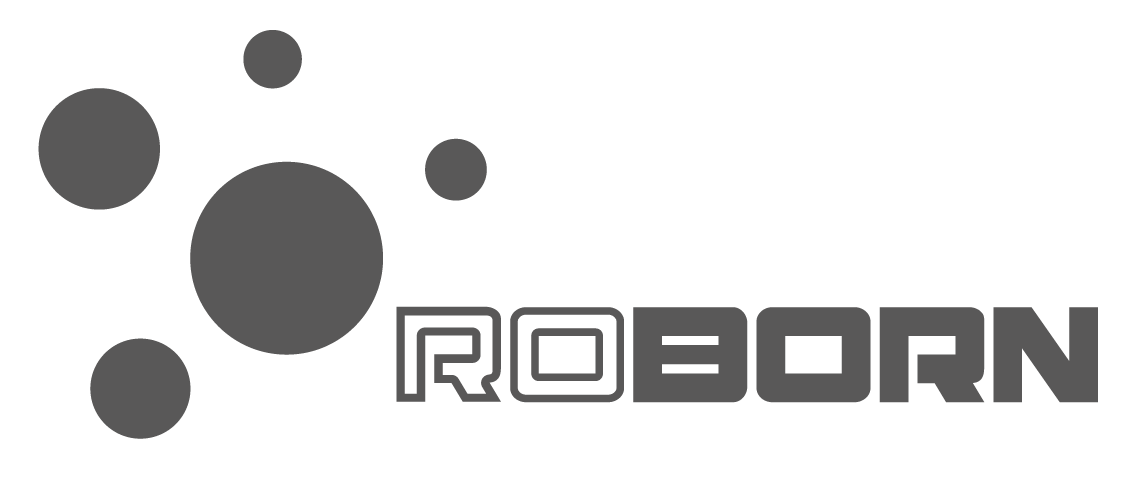Case Sharing 2
The Roborn team shared the Techanization case at a 「Mini-MBA」course co-organized by the Asia-Pacific Business Institute of the Chinese University of Hong Kong and a listed group company.
The Asia-Pacific Business Institute of the Chinese University of Hong Kong (CUHK) tailor-made “Mini-MBA” program for senior executives of a listed group company , covering emerging technologies, innovative design thinking, leadership, corporate governance and more, to strengthen the core competitiveness of the group’s senior executive management team.
As one of the instructors of the program, Professor Larry Poon from CUHK, centered on Roborn’s Techanization concept, linked up technology commercialization and the Left- Right Circle theory by Professor Andrew Chan to inspire the senior executives to think about increasing core competitiveness and enhancing customer experience by embracing technology
The professor firstly introduced the Left- Right Circle theory to the senior executives. This is a customer-centric strategic framework proposed by Professor Andrew Chan of CUHK, for goals setting and strategies formation through “3C1E” analysis. The left circle represents the customer’s need which is constantly changing, and is driven by market forces, including technology, economy, culture and natural environment; the company should thoroughly understand the customer’s needs and its dynamic changes. The right circle stands for the company’s core competence; the company should make sure its core competitiveness (knowledge, skills, abilities and resources, etc.) will keep up with customers’ changing need, otherwise it will lose its the market. Besides, company should consider its competitor as well as environmental factors.
Then the Roborn team demonstrated its self-developed 5G motion control humanoid robot, which inspired the senior executives to have a profound discussion about this technology application, and brought out the concept of Techanization. The Techanization concept advocated by the Roborn team refers to the integration of technology into the industry ecosystem, making the entire ecosystem operate in a healthier and more efficiently and sustainably , while allowing all parties to enjoy the benefits from it.
Among the discussion of technology application in industrial production, some executives raised a question that since the robot has the function of recording the action, when producing the same models, the robot remembers and repeats the worker’s previous operation motion, which is equivalent to copying the skill of the worker, for mass production so even if the workers have rich experience and superb skills, will still be replaced in the end? In response to this question, Professor Poon explained that the left circle has been changing and the customers’ need is getting more personalized, thus, the demand for customized products is increasing, and large-scale standard production may not necessarily meet customer needs. Thanks to the technology of 5G motion control humanoid robots, combined with the exquisite craftsmanship of the workers, we can continuously introduce new products and new models to meet different customers’ needs more efficiently and enhance the company’s core competitiveness. Not only do workers have no worry about being replaced, but they will embrace the application of new technologies and improve their work efficiency. Those who used to dislike hard work in production workshops will be willing to learn the skills from the workers because they find it interesting to be able to directly control the robot.
In addition, Professor Poon added a point that there should be market and target customer segmentation in the left circle because different customers have different preferences. Roborn embraces Techanization, while some companies simply advocate automated production to replace all factory workers, and only need to outsource product designers; or ask a few programmers to write programs for robots to achieve mass production. The robots technology application based on Techanization concept are people-oriented and to make everyone happy, instead of having technology to replace people. Company must first establish a corporate culture, conduct market research, and decide the right target group. Companies or manufacturers that want to completely replace people with machinery are not the target audience for Techanization applications. While machinery could increase efficiency, disorder may happen in the entire social and industrial ecology if there is no suitable new job available for the replaced employees. In view of the increasing requirements of corporate social responsibility, company should consider sustainable and people oriented development as the premise to enhance core competitiveness and pursue efficiency and profit maximization which is in line with the concept of Techanization.
Therefore, the application of technology should be people-oriented and needs to take into account all stakeholders, systematically consider from the perspective of the whole ecology to realize Techanization, so that the ecology can grow prosperously and endlessly, benefiting all human being.


